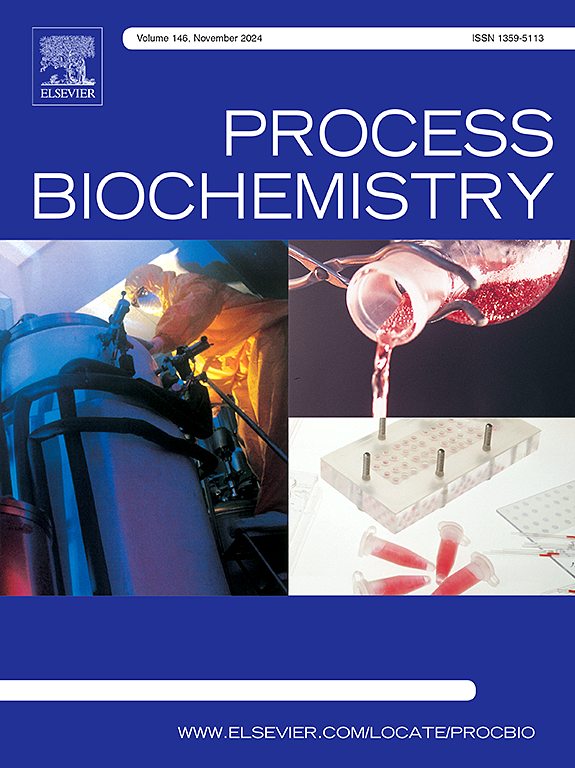An electrochemical enzymatic biosensor based on Xylaria sp. laccase isolated from cassava waste is applied to quantify dopamine
IF 3.7
3区 生物学
Q2 BIOCHEMISTRY & MOLECULAR BIOLOGY
引用次数: 0
Abstract
Cassava waste (leaves and stems) was used to obtain endophytic fungi to assess laccase production. All the fungi (twenty-three) underwent an enzymatic extraction process to evaluate laccase production. The results revealed that six fungi from the stems and one from the leaves performed best. The fungus Xylaria sp. stood out for its greater productivity, and the growth parameters were optimized for this fungus (11 days, pH 6.70, and temperature 29°C). The enzyme extract enriched with laccase was then used to produce an electrochemical enzymatic biosensor immobilized in chitosan crosslinked with STMP. This biosensor was applied to quantify dopamine, with analysis conditions optimized for detecting low concentrations of the compound. The biosensor demonstrated its highest potential when operating at pH 5.60 and a temperature of 38.64°C, allowing the quantification of dopamine at concentrations from 0.17 to 492.83 µmol. L⁻¹ with a detection limit of 0.17 µmol. L⁻¹ . The biosensor demonstrated high reproducibility (0.4 % error) and stability after seven cycles.
利用从木薯废料中分离出的木蝇漆酶,建立了一种电化学酶生物传感器来定量多巴胺
利用木薯废料(叶和茎)获得内生真菌以评估漆酶的产生。所有真菌(23株)都进行了酶提取过程,以评估漆酶的产量。结果显示,茎中的6种真菌和叶中的1种真菌表现最好。木耳菌(Xylaria sp.)具有较高的产量,并对其生长条件进行了优化(11 d, pH 6.70,温度29℃)。然后,将富含漆酶的酶提取物用于壳聚糖- STMP交联固定化制备电化学酶生物传感器。该生物传感器用于定量多巴胺,并优化了检测低浓度化合物的分析条件。当pH为5.60,温度为38.64℃时,该生物传感器显示出最大的潜力,可以在0.17至492.83µmol的浓度范围内定量多巴胺。L⁻¹ ,检测限为0.17µmol。L⁻¹ 。该生物传感器在7个循环后显示出高重复性(0.4 %误差)和稳定性。
本文章由计算机程序翻译,如有差异,请以英文原文为准。
求助全文
约1分钟内获得全文
求助全文
来源期刊

Process Biochemistry
生物-工程:化工
CiteScore
8.30
自引率
4.50%
发文量
374
审稿时长
53 days
期刊介绍:
Process Biochemistry is an application-orientated research journal devoted to reporting advances with originality and novelty, in the science and technology of the processes involving bioactive molecules and living organisms. These processes concern the production of useful metabolites or materials, or the removal of toxic compounds using tools and methods of current biology and engineering. Its main areas of interest include novel bioprocesses and enabling technologies (such as nanobiotechnology, tissue engineering, directed evolution, metabolic engineering, systems biology, and synthetic biology) applicable in food (nutraceutical), healthcare (medical, pharmaceutical, cosmetic), energy (biofuels), environmental, and biorefinery industries and their underlying biological and engineering principles.
 求助内容:
求助内容: 应助结果提醒方式:
应助结果提醒方式:


